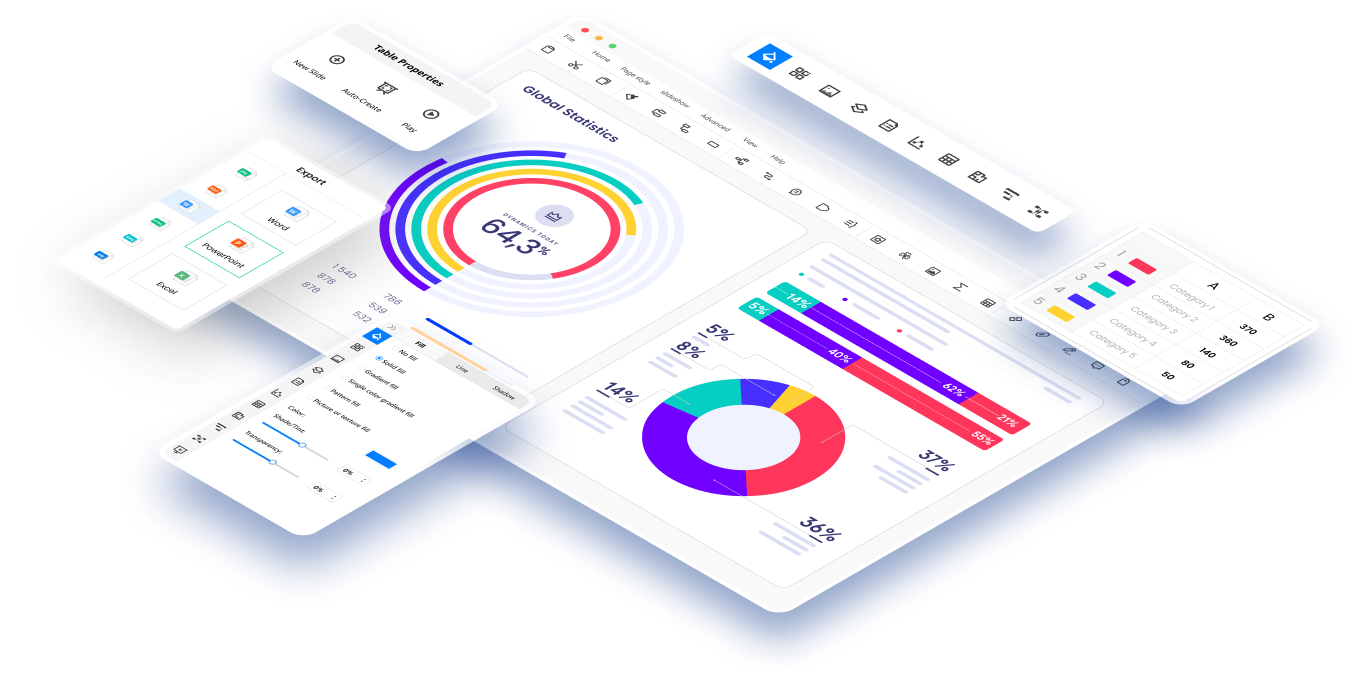Project risk management has become an essential practice to ensure the successful execution of projects. A project risk management plan serves as a crucial tool in identifying, assessing, and mitigating potential risks that may hinder project objectives. Within this framework, various types of risks, such as positive risk in project management that offer opportunities for project enhancement and financial risks, necessitate careful consideration.
In this article
Part 1. What is a Project Risk Management Plan?
Risk in project management is defined as the potential for uncertain events or circumstances that may have a positive or negative impact on project objectives. A project risk management plan is a comprehensive and systematic approach to identifying, assessing and mitigating risks throughout the project lifecycle.
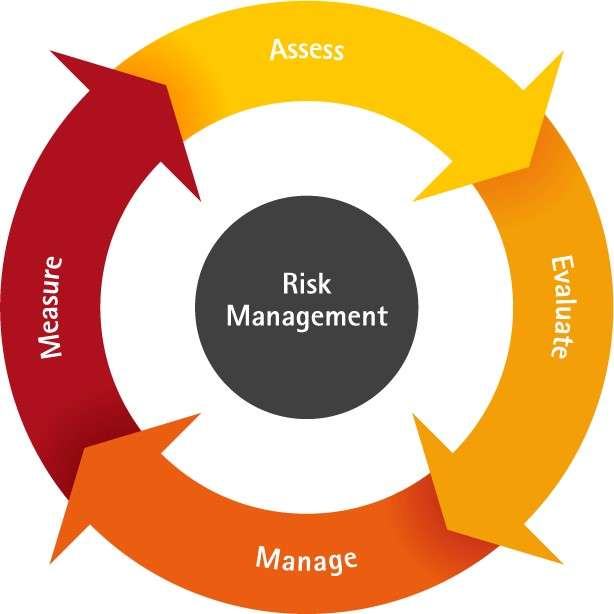
Positive risk in project management, often referred to as opportunities, refers to potential events or circumstances that could have a favorable impact on project outcomes. Examples of positive risks include the early completion of a project phase, discovering innovative solutions, unexpected cost savings, or favorable economic conditions that bolster market demand.
Part 2. The 6 Steps of Project Risk Management
Project risk management has some crucial steps. Implementing this step-by-step approach is essential for effective project risk management.
1. Identify: This step involves recognizing potential risks by analyzing project characteristics, stakeholder input, historical data, and expert opinions.
2. Analyze: Once identified, risks are analyzed by assessing their probability of occurrence, potential impacts, and interdependencies with other project elements.
3. Prioritize: Risks are prioritized based on their significance, combining quantitative and qualitative criteria.
4. Assign: Responsibilities are assigned to team members to ensure effective risk management actions are implemented.
5. Monitor: Regular monitoring and tracking of identified risks enables project managers to remain vigilant and take immediate action when necessary.
6. Respond: Proactive responses to identified risks, such as implementing contingency plans or making timely adjustments to the project strategy is crucial for managing and minimizing their potential impact.
Part 3. Financial Risks and Types
Financial risks pose threats to a project's financial well-being. Therefore, they must be comprehensively evaluated.
1. Market Risk: Arises from uncertainties in market conditions, such as changes in demand, fluctuating prices, or shifts in customer preferences.
2. Credit Risk: Pertains to the possibility of financial losses due to the failure of a client, partner, or stakeholder to meet their financial obligations.
3. Liquidity Risk: Results from difficulties in converting assets into cash without significant loss, leading to potential cash flow problems.
4. Operational Risk: Emerges from internal processes, systems, or human errors that may negatively impact financial outcomes.
5. Legal Risk: Arises from non-compliance with laws, regulations, or contractual obligations, leading to penalties, or litigation.
It is important to handle financial risk in project management effectively. Effectively handling financial risks requires a proactive and multidimensional approach.
1. Diversification of investments and revenue streams to minimize exposure to specific risks.
2. Rigorous financial analysis and forecasting to identify potential risks in advance.
3. Implementation of risk management techniques, such as hedging or insurance to mitigate potential financial losses.
4. Regular monitoring of financial indicators and metrics to detect early warning signs of potential risks.
5. Continuous evaluation and adjustment of financial strategies to adapt to changing economic and market conditions.
Performance risk in project management associated with the inability to meet project objectives, resulting in delayed completion, cost overruns, or compromised quality.
Some examples of performance risks include inadequate resource allocation, misalignment between project goals and stakeholder expectations, technological limitations, lack of expertise, and insufficient project monitoring and control mechanisms.
Part 4. Make a Project Risk Management Flowchart with Edrawmax
Wondershare EdrawMax drag-and-drop feature makes it easy to create a project risk management flowchart in no time, whether it’s for cost risk in project management or anything else. So you can quickly get a complete overview of potential risks. The tool includes a wide range of templates, icons, and symbols. Follow these steps to make a project risk management chart using the tool:
Step 1: Open Wondershare Edrawmax. Click on the "Sign in" button and enter your credentials to access your account.
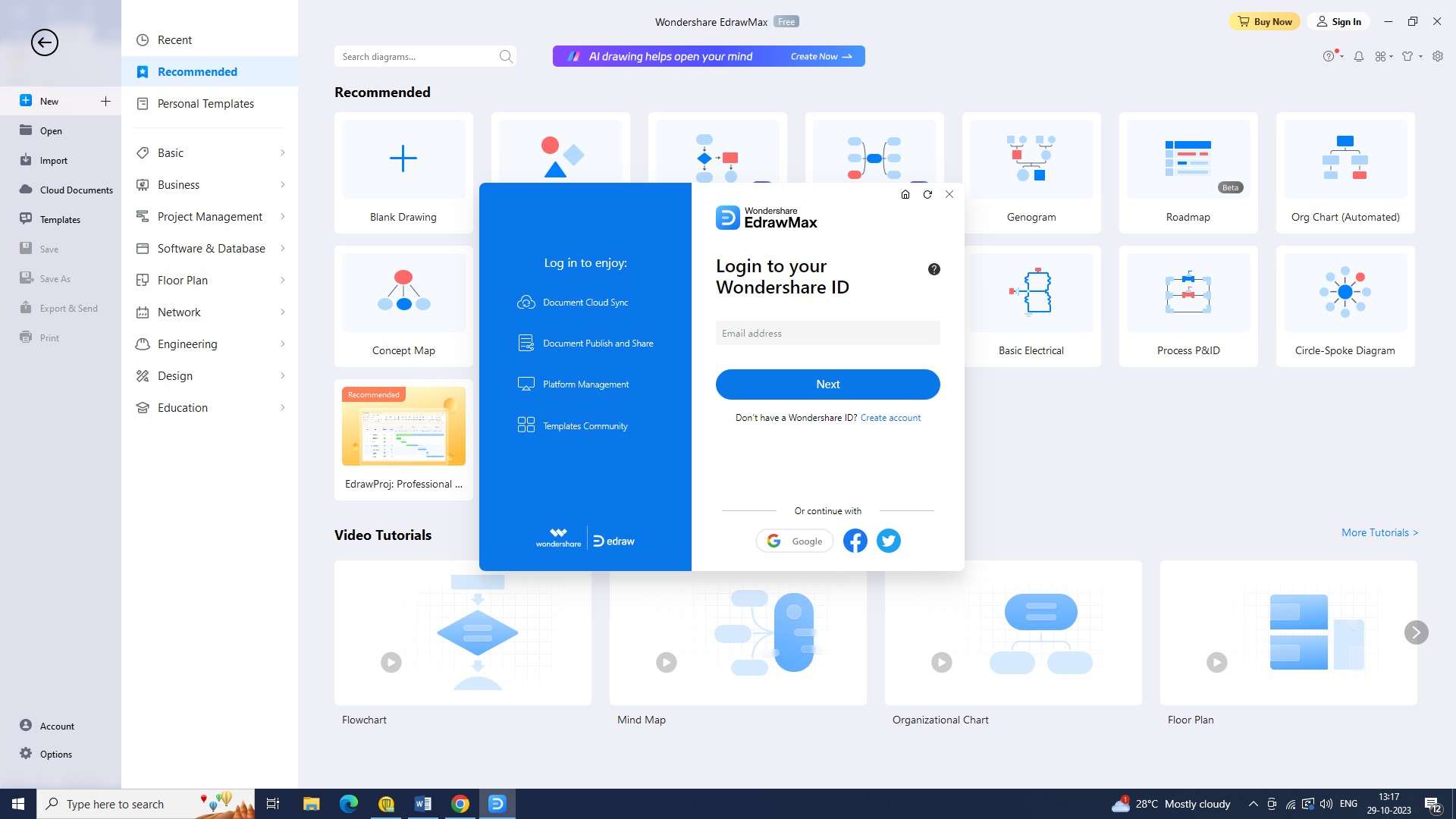
Step 2: Open a new document after logging in. Click on the plus sign beside the "New" button to start a new project.
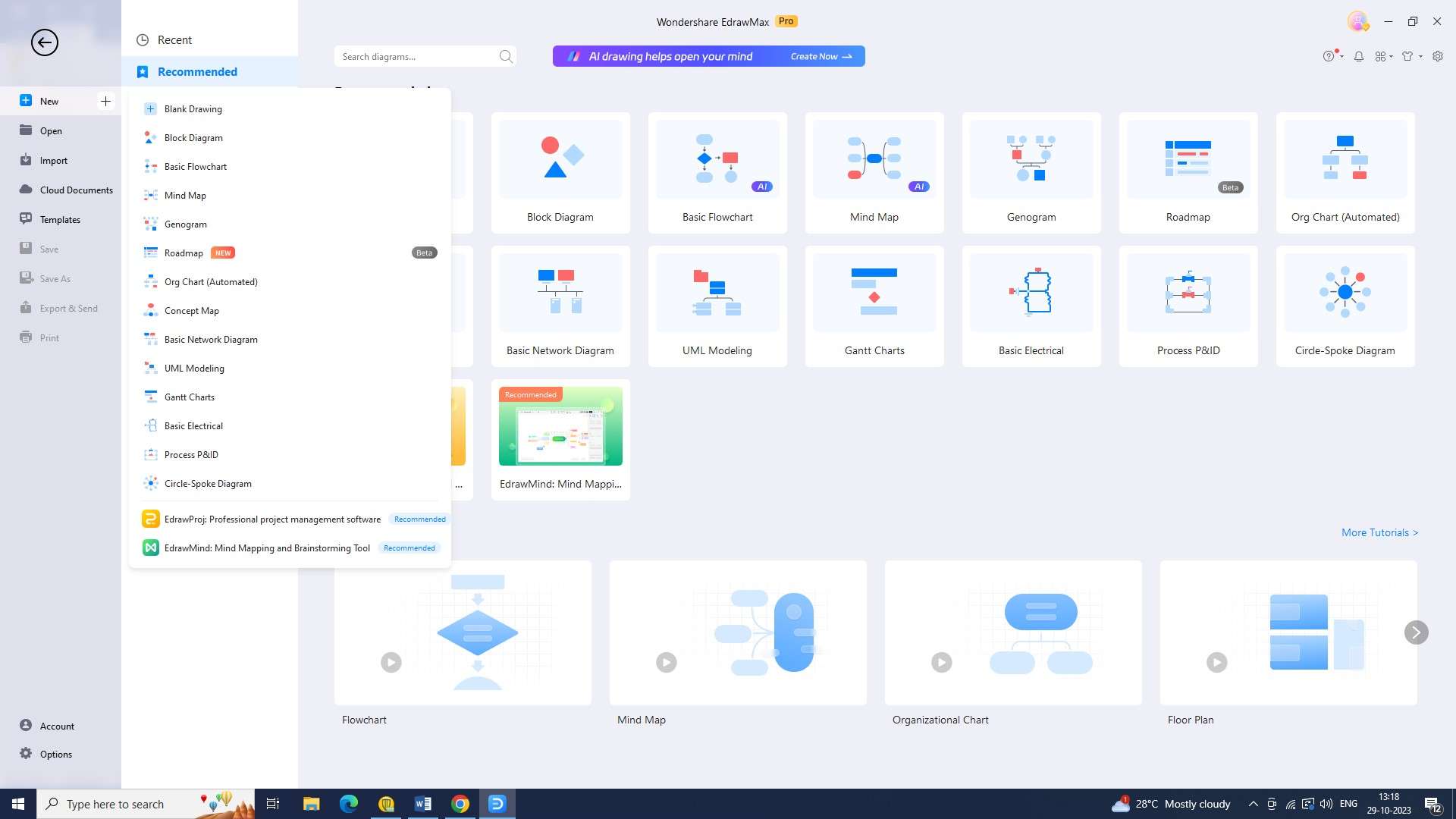
Step 3: Choose an appropriate project risk management flowchart template by going through the various templates in the "Templates" section. After that, click the template to launch the editor.
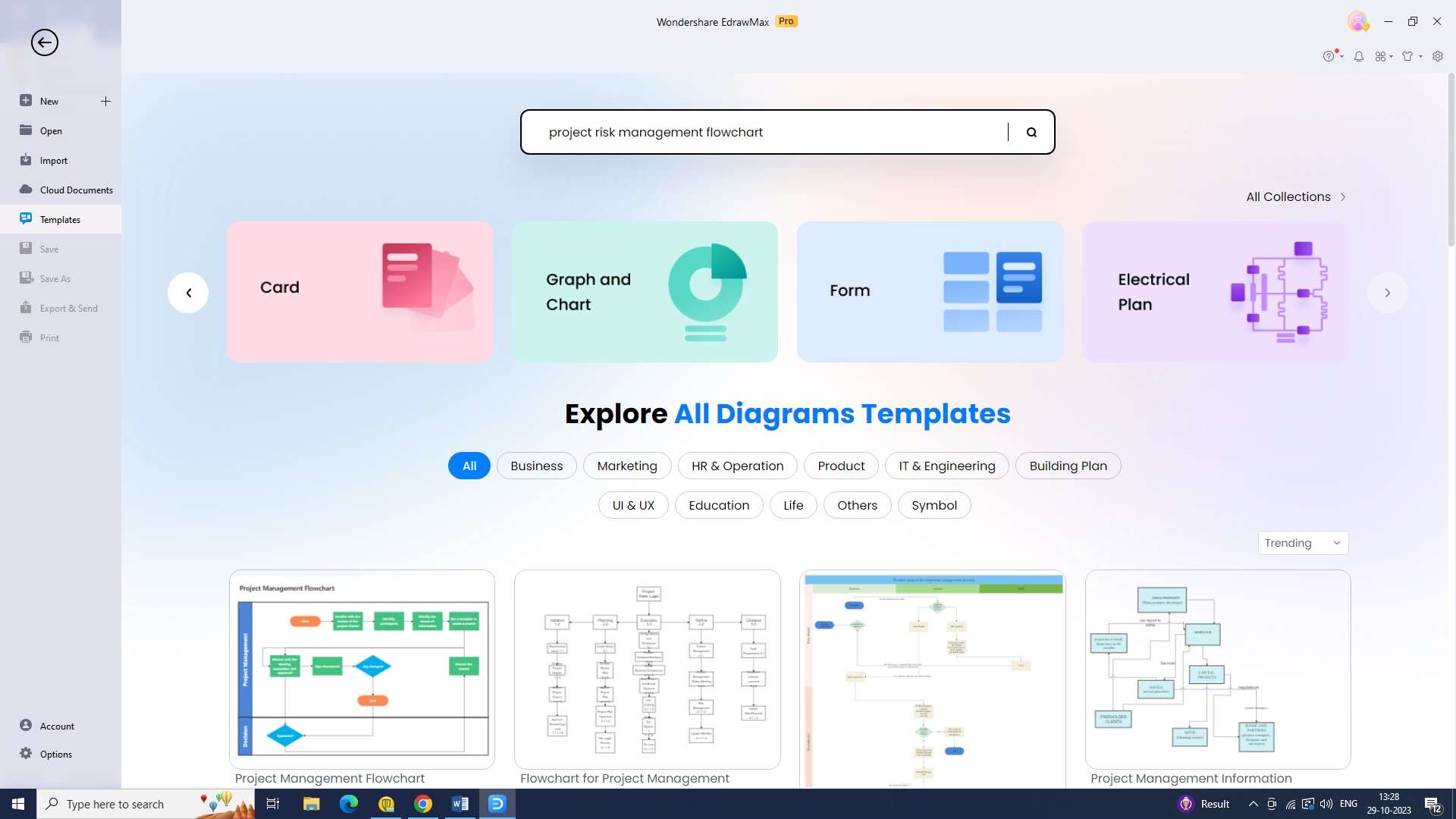
Step 4: Customize the flowchart's look by modifying the line styles, fonts, and colors. Make use of the formatting choices included in the toolbar to create a visually stunning and easily comprehensible flowchart.
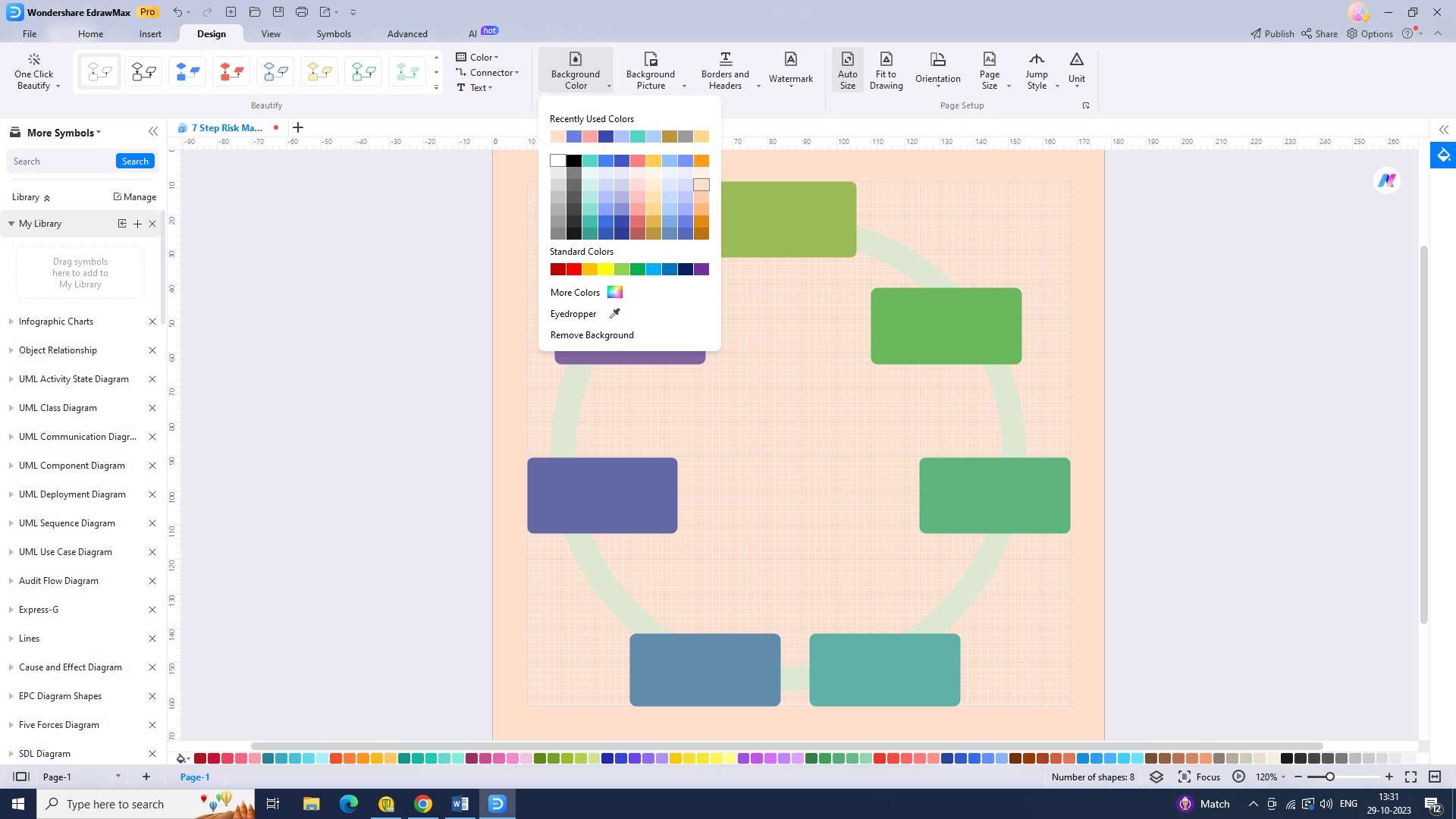
Step 5: Enter the text that is required inside the shapes to correspond with the particular steps that you wish to include in your flowchart.

Step 6: To save your work, click the "Save" option under "File." Select an appropriate location to save the file on your computer or in cloud storage.
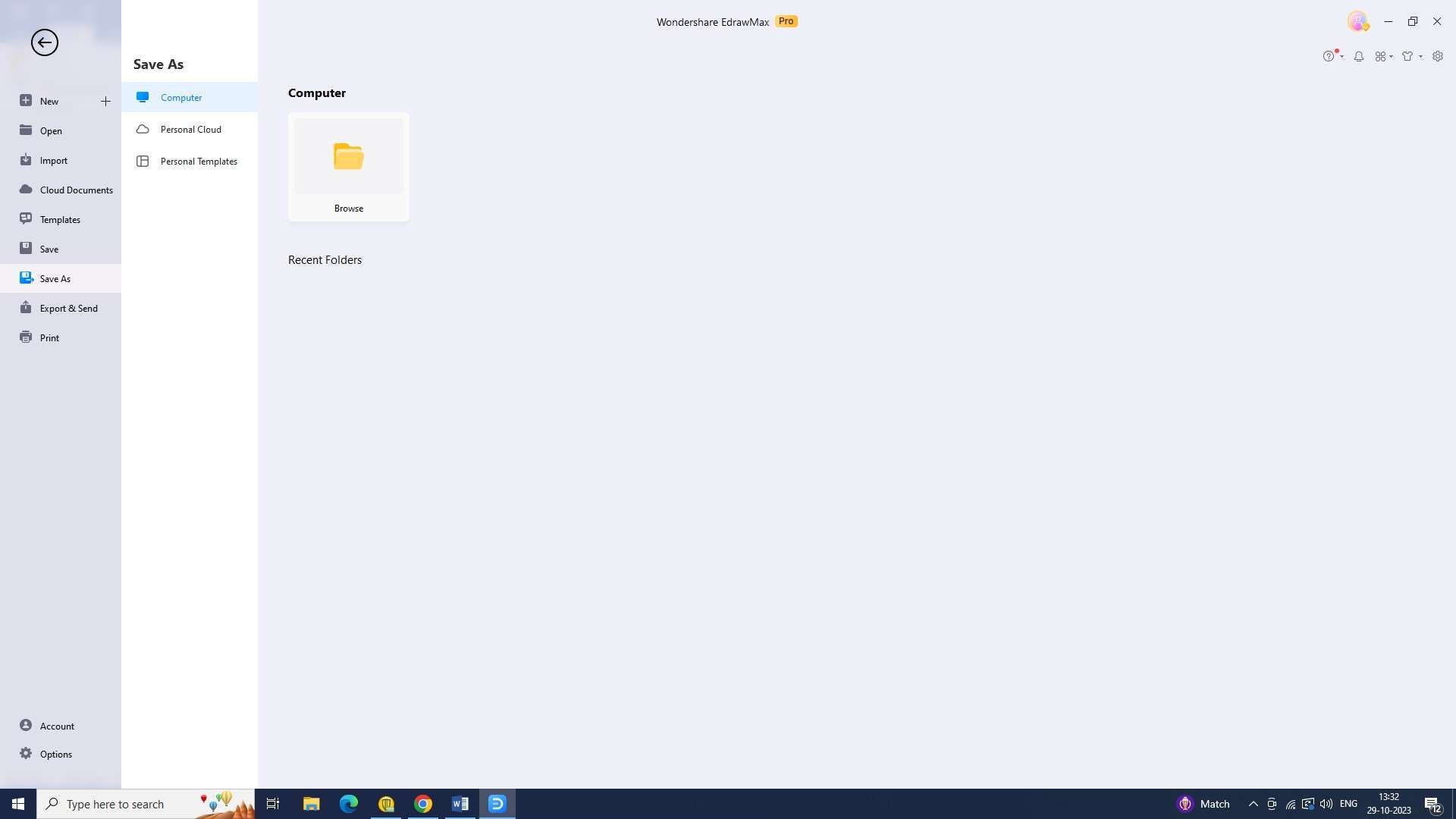
Step 7: You may export the flowchart in a number of formats so that you can share it with others or use it in other applications. Under "File," click the "Export" button and choose the format you want to export your flowchart in.

Conclusion
Project risk management is a fundamental practice that ensures project success. Understanding positive risk in project management presents opportunities for project enhancement, while financial risks require careful handling to safeguard project finances.

